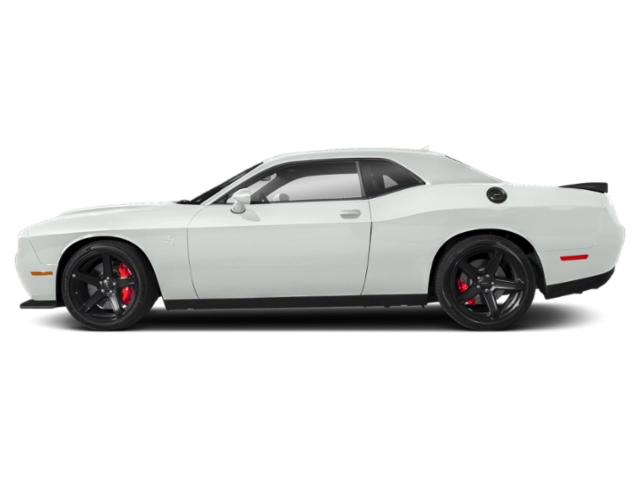2019 Dodge Challenger Owner's Manual

Table of Contents
2019 Dodge Challenger Overview
Introduction
The 2019 Dodge Challenger embodies the spirit of American muscle cars with its bold styling, powerful performance, and modern technology. Designed for those who crave a thrilling driving experience, this iconic coupe pays homage to its classic predecessors while ensuring a contemporary appeal that suits today’s drivers. With a range of options that cater to performance enthusiasts and casual drivers alike, the Challenger stands out on the road and track.
Powertrains
The 2019 Challenger offers a diverse lineup of powertrains, starting with the robust 3.6L V6 engine that produces an impressive 305 horsepower. For those seeking more muscle, there's the 5.7L HEMI V8 delivering 372 horsepower, and an even more powerful 6.4L HEMI V8 boasting 485 horsepower. For true performance aficionados, the Challenger R/T Scat Pack features a 6.4L V8, while the notorious SRT Hellcat lineup comes with a staggering 6.2L supercharged HEMI V8, unleashing a jaw-dropping 717 horsepower, making it one of the most potent muscle cars on the market.
Trims
The 2019 model offers multiple trims to fit a variety of driving preferences, including the base SXT, the well-rounded R/T, the sporty R/T Scat Pack, and the high-performance SRT Hellcat. Each trim level comes with distinct features and options, allowing drivers to customize their ride according to performance needs and personal style.
Features
Inside, the Challenger is equipped with a user-friendly infotainment system that includes a sizable touchscreen display, Bluetooth connectivity, and available features such as a premium audio system and navigation. The spacious interior promises comfort for both front and rear seat passengers, while safety features like rearview camera, parking sensors, and advanced airbag systems enhance driver confidence.
Owner's Manual
The 2019 Dodge Challenger comes with a comprehensive owner's manual that provides essential information on vehicle operation, maintenance schedules, and safety features. This manual is a valuable resource for owners, ensuring they can fully enjoy their Challenger while keeping it in optimal condition.
User manual download
The Dodge Challenger owner manual for the 2019 model year is to be found in PDF downloadable format on this page. The owner manual for the model year 2019 is free and in English, but the repair manuals are usually not easy to get and may cost more.
Manual Questions
Fill the form below and someone will help you!

